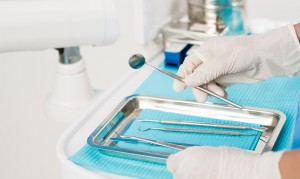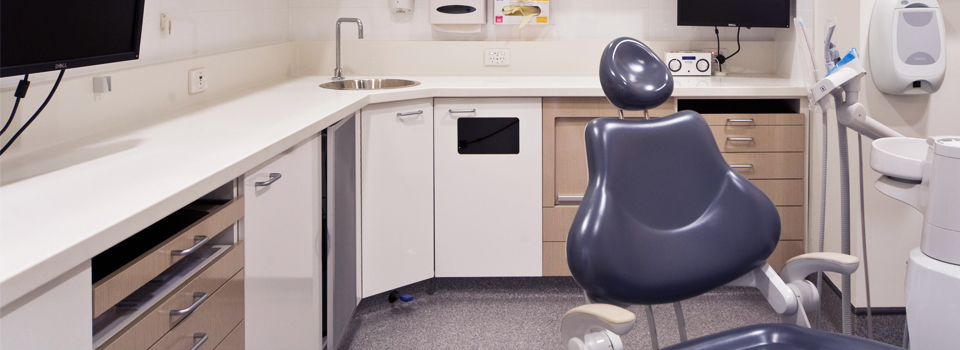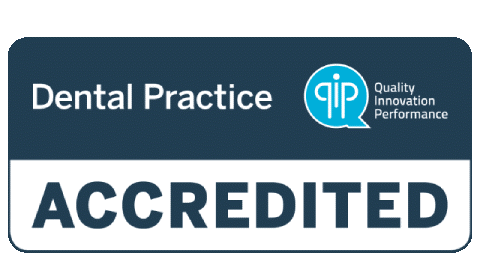Going to the dentist. WHY does it cost so much?!
We understand.
You’ve been squirreling away your hard-earned cash. So you don’t want to spend unnecessarily.

Bemoaning the cost of dentistry in Australia has almost become a national pastime. “It’s so expensive,” we cry. After all, dentistry is all about our health, so shouldn’t it be more affordable?
Without understanding the extensive costs involved in running a dental clinic, it’s forgivable for some to think that the dentistry industry is charging more than it should. And sadly, many seem to think that dentists should charge what is charged in Bali or Thailand. You don’t have to go far on social media to see complaints and insults abound: “You scoundrels!” “It doesn’t cost so much in Bali, so why should it cost so much here?” “They can do it cheap, why can’t you?”
Now, the issue of comparing Australia with the Asian dentistry market deserves its own blog post, but, in a nutshell, you can’t compare apples with oranges. The standard of living in Australia and for example, Bali, is entirely different, which affects rentals, wages, everything. And every country has their protocols regarding the way they perform procedures, along with rules regarding infection control and safety.
The Australian dental industry
First of all, we must point out, that unlike doctors, there is no Medicare rebate. We’re on our own, with a couple of minor exceptions. But – similar to the medical industry, we have strong protocols regarding the way procedures can be carried out – and also regarding issues around health and safety in Australia. For example, we can’t just pop in a dental implantand then quickly secure a crown on top. Time for healing needs to take place, which, unfortunately, is not always the case when this procedure is performed overseas. All dental practices have a common law legal duty of care to their patients and must responsibly comply with the National Board guidelines on infection control. Failure to do so may result in a dentist losing their registration – or the dental practice being shut down. Thank goodness we do have these laws in place to keep the risk of horrifying infections at bay. Remember, your teeth and gums are incredibly close to your brain. The last thing you need is an infection in this area. However, at the end of the day it is up to you to choose where you want to go for your dental treatments. You may be very lucky with your overseas treatment – and power to you. When it comes to the Australian dentistry industry, here are some examples of the costs we have to pay.
Keeping a dental clinic clean & hygienic costs money
Instruments require sterilisation and the practice has to have at least an autoclave and an ultrasonic bath. Extra machines are required for cleaning and lubricating drills. There are also a huge amount of disposable items that are only used once, to prevent any possibility of infection occurring. There are also plastic covers and disposable suction tips and so on that are used for similar purpose. Some estimate that it costs approximately $30 per patient purely for infection control. Plus, in most clinics one employee is hired purely to look after hygiene issues.

Sterilisation is imperative
Employing qualified staff
For one single patient it usually takes three employees to look after them.
Speaking of employment, as cliché as it may sound, these clinics don’t run themselves! For one single patient, it usually takes three employees to look after them. There is a receptionist, a dentist and a dental chair-side assistant (DCA). Put yourself in the shoes of an owner running a dental business, and that’s already three salaries you have to pay. And unlike employees in Third World countries, we must provide award rates in wages and superannuation for all staff. If you look at larger dental practices, you’ll notice that there is often more than one receptionist manning the front desk, several dental hygienists or dental therapists, and a DCA for every dentist practising in the clinic. And there will be a dedicated assistant working on nothing but sterilising equipment all day long. So many wages to pay!

Dentistry chairs, special equipment & fittings and high quality infection control all add to the expense.
The dental clinic
Unfortunately, you need more than a room to rent to practice dentistry. Each practice requires a small operating theatre with a comprehensive setup involved, including plumbing and special fittings. That lovely reclining dentist chair costs in excess of $30,000, and then there’s a whole system required for a compressor to run an exhaustive amount of drills and scalers, special lights, a suction unit, x-ray equipment and more. Some clinics have air abrasion units, lasers and even CAD machines that can run into the hundreds of thousands. This all takes more than just spare change!
Dental materials
The materials used on our teeth don’t come cheap. It’s not unusual to read complaints on social media, such as “How can such a tiny piece of plastic cost so much? It can’t be that expensive!” Unfortunately, it is. And think about it this way, if it were cheaper, we’d love to advertise the fact and not charge so much money. Not only would this make people happier, but it would be great for our business to offer cheaper prices. Those “little tiny pieces of plastic” are quite often not plastic and are instead very expensive materials that cost a lot to source, shape, sanitise and prepare to be permanently fixed in your mouth. There’s also a whole bunch of extras required, such as filling materials, etchant, polishing paste, adhesives, drill bits, impression material, and much more. Chances are if a product cost a lot it’s because it is of extremely high quality, too. In Australia, all materials must comply with the TGA (Therapeutic Goods Administration) which makes a more expensive than cheaper, lower quality options. You may be able to find dental products and prosthetics cheaper overseas, but we can’t promise the quality or safety of these products. You may be lucky. But then again, you may not be.

Dental Prosthetist Lucas Lang working in a Dentures Plus in-house laboratory
The dental lab
Think of all those bits and bobs that are required at the dentist such as crowns, veneers, bridges, dentures, splints, mouthguards – even whitening trays. These are all made at a dental lab by a dental prosthetist or a dental technician. The lab will also require a fee to complete their services, and this has to be passed on to the patient. More money again!
Certainly, dentists get paid well for their services. After all, they hold the important responsibility of caring for your dental health. They can’t get this wrong! If your dental surgery were left in the wrong hands, there could be dire consequences. Hence, training to become a dentist requires an extensive amount of study. It also leaves them with a hefty hex debt that may be around the 100K mark. Each dentist also has to pay expensive registration and insurance fees. By and large, dentists also work long hours, which, of course, contributes to their income.
All things considered, we take this public perception as a compliment. It’s understandable that patients don’t see the costs and hard work involved and in fact, we’re proud of this fact. We work hard to ensure your appointment time is as relaxed and pleasant as possible, by ensuring all procedures are carried out smoothly – and stress-free. We don’t need to involve you in all the hard work that goes on behind the scenes. But, just between you, us and the autoclave, there’s a fair bit of pedalling underwater to keep you and your teeth in the best health possible!


